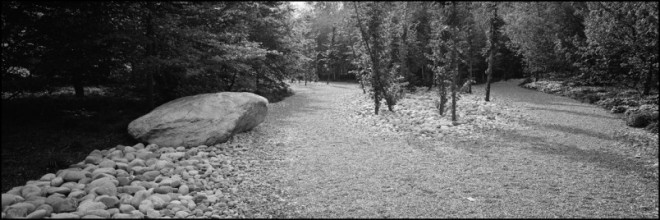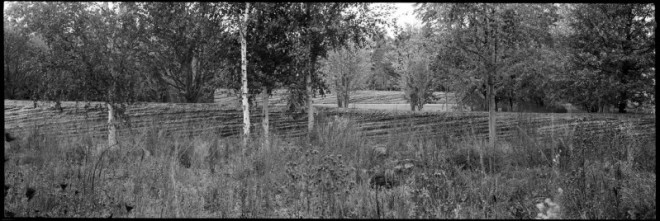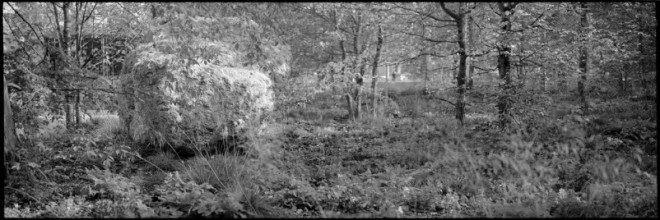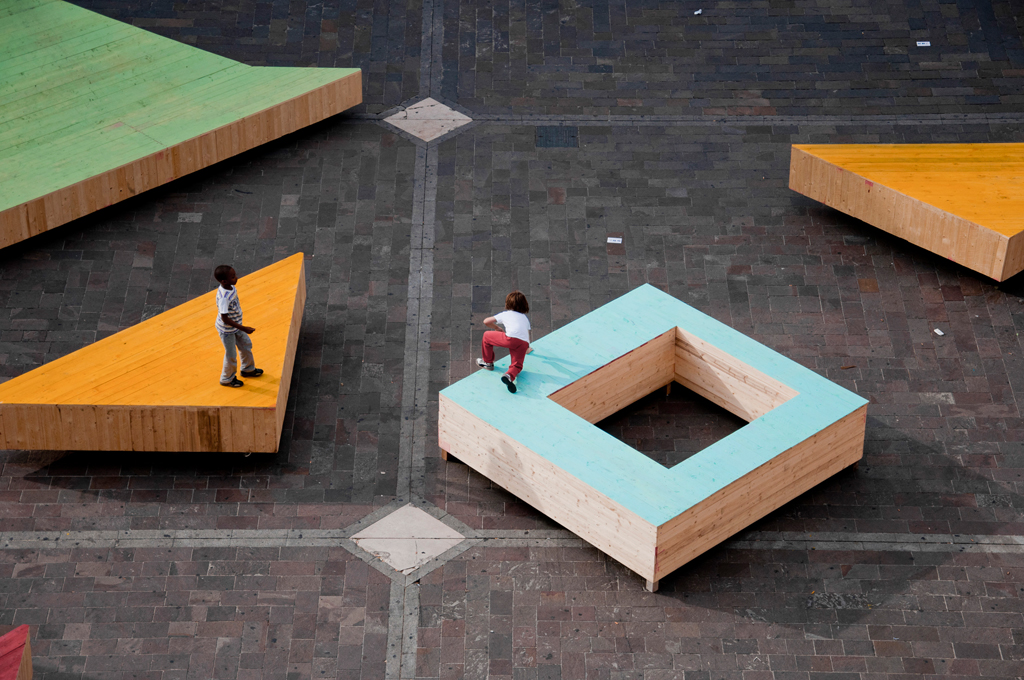The bricoleur is someone who works with his hands, using devious means. His universe of instruments is closed and the rules of his game are always to make do with ‘whatever is at hand’, that is to say with a set of tools and materials which is always finite and is also heterogeneous because what it contains bears no relation to the current project, or indeed to any particular project, but is the contingent result of all the occasions there have been to renew or enrich the stock or to maintain it with the remains of previous constructions or destructions. The set of the bricoleur’smeans cannot therefore be defined in terms of a project. It is to be defined only by its potential use, because the elements are collected or retained on the principle that ‘they may always come in handy’. The bricoleur derives his poetry from the fact that he does not confine himself to accomplishment and execution: he speaks not only with things, but also through the medium of things: giving an account of his personality and life by the choices he makes between the limited possibilities. The bricoleur may not ever complete his purpose but he always puts something of himself into it.
Claude Lévi-Strauss, The Savage Mind (1962)
The author collected the responses of various architects – and, in my case, a landscape architect – to the question: how do you use your collection for designing? My way is very simple. Girls and boys have a Sunday walk, and families always collect leaves or stones and take them home like treasure. In my case it was the same. I started when I was nine years old but with a very high level of botany as I had joined a society.
Claude Levi-Strauss, the French philosopher, explains that there are two ways to design. One is bricolage – people collecting things or just using what is on the table, at hand, and then arrange that into something. And this is bottom-up designing. And the engineer is top-down. In the office we decide depending on the project: are we bricolage or are we engineer? Those kind of people that collect and arrange things – when you ask them why they collect, they say “Ah, well you never know!” So collecting can be either bottom-up or top-down. When I start a project I sometimes ask my colleagues: can you choose one of the objects of the Wunderkammer and put it on the table? So people all bring one piece. And then we discuss why they bring this piece, and this is to start a discussion about what is our first approach or priority or attitude to a new project. It can really be helpful. Then there’s more top-down work, but it starts with bottom-up.
Günther Vogt, Foreground Interview (2019)
Orizzontale, Gondwana (2012)






























